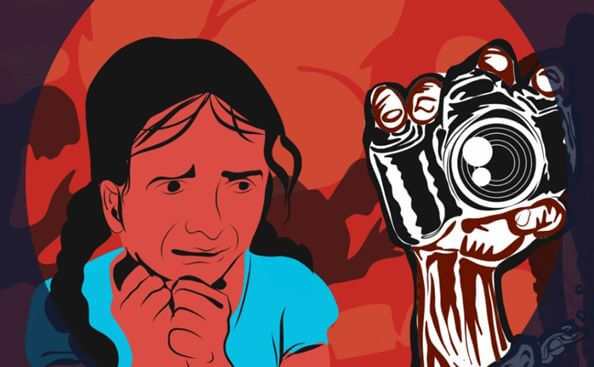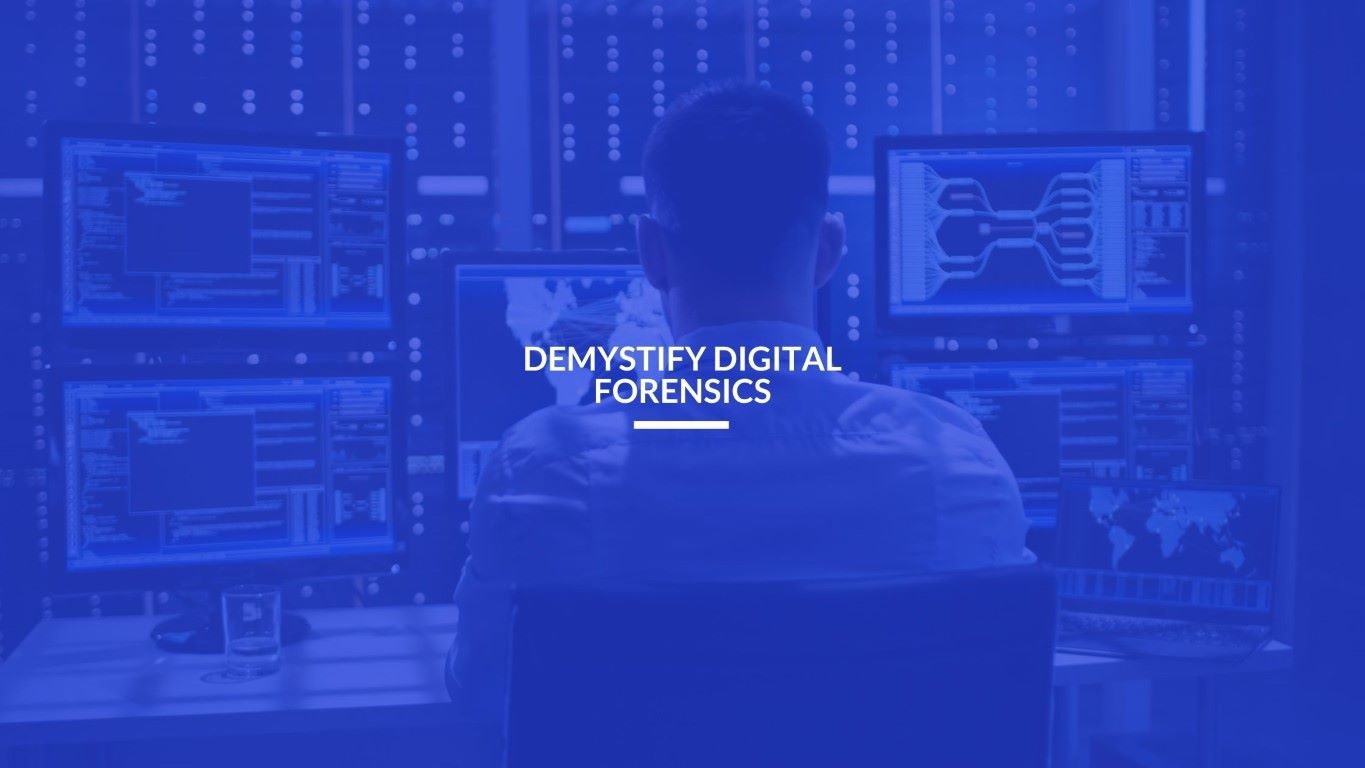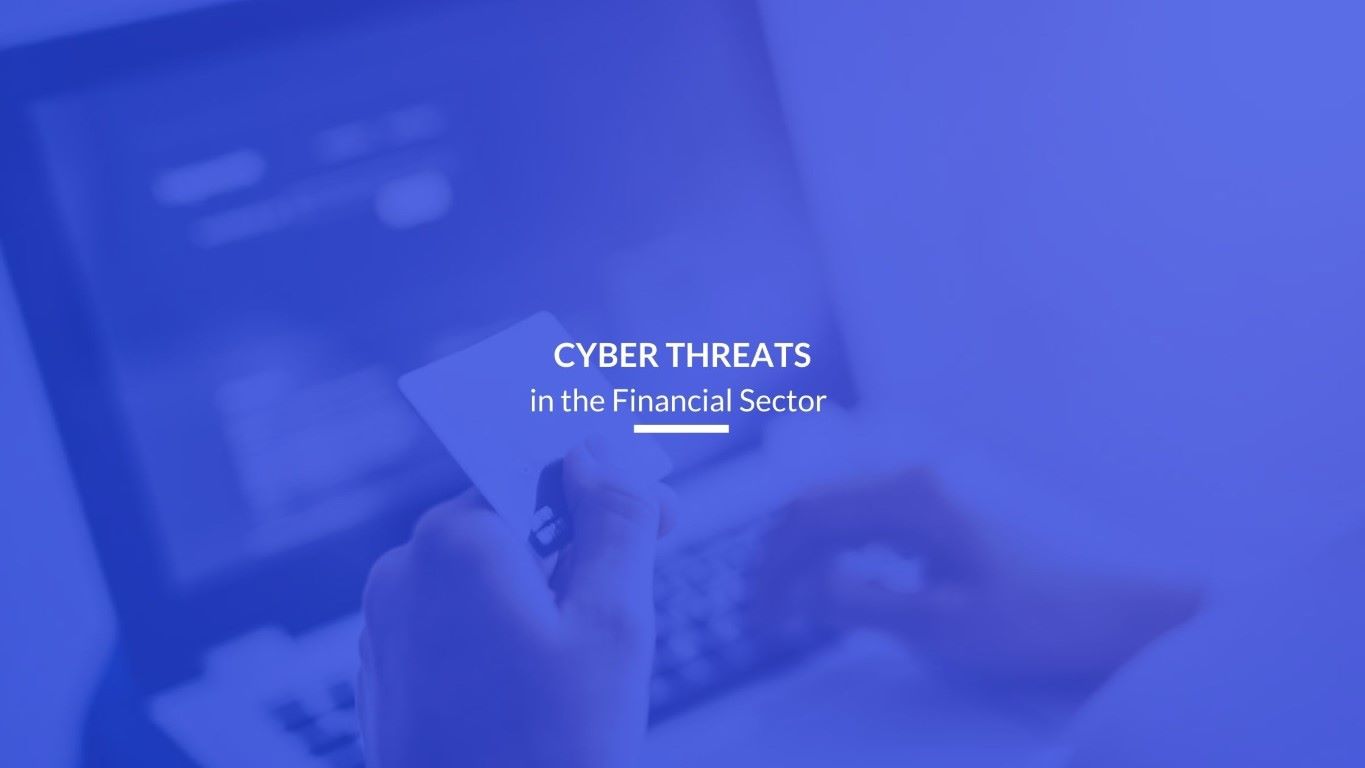A proper definition of child pornography has now been established as a result of the centre’s amendments to the Protection of Children from Sexual Offences (POCSO) Act, 2012. Child pornography is described by the Ministry of Women and Child Development as any visual depiction of sexually explicit conduct involving a child, including photographs, videos, digital or computer generated images indistinguishable from an actual child and an image created, adapted or modified but appears to depict a child.
The penalty under the newly modified Act is also harsher for pornographic content that features a child or minors. After the first conviction, a sentence of at least five years in prison and a fine is required. The amendment stipulates a minimum sentence of seven years in prison and a fine for repeat offenders.
Social media content and account removals for child abuse and safety – 2018 to Q3 2021
As per the Report:
• In Delhi, 2022 Police registered 105 FIRs against Child Pornography and arrested 36 in this year.
• The Delhi Police’s Intelligence Fusion and Strategic Ops (IFSO) squad had then filed 172 First Information Reports and detained 102 suspects throughout the city.
• Child Pornography possession is on third in India than property crimes, crime against persons and robbery.
• Child pornography on Male is less than females’ victims.
• 53% of people could unintentionally come across child porn while browsing the internet by accessing popular adult websites less popular adult websites or both.
• 97%percent of respondents said that watching child pornography either directly or indirectly led to victimisation.
• Europe is the largest country with highest rate of pornography, India filed third of the world. Indonesia and Thailand is also in the queue.
• 3.88 million of these complaints were reportedly filed in India between 1998 and 2017.
• This is despite the fact that just 11.9 out of every 1,000 people in India are reportedly online, significantly less than Thailand and Iraq.
Child Sexual Abuse/Exploitation Materials – CSEM – Survey Report

Cybercrime and Child Pornography – A Challenge Against Child Cyber Security
Cybercrime potential have increased as a result of the internet’s enormous development in reach. The exponential growth of the internet on a global scale has also resulted in an increase in cyber incidents, including, in addition to hacking and cracking, crimes including child pornography, corporate espionage, software piracy, extortion, fraud, and money laundering.
Law enforcement organisations are currently wrangling with laws that are insufficient and plagued with gaping gaps as a result of the quickly shifting landscape of anything cyber-related. The spread of offensive content and ideas is one of the vices of the internet.
Literally thousands of adult-oriented, sexually graphic websites are continuing to proliferate, which has raised questions about censorship and the laws that surround it. Governments and courts have historically found it challenging to categorise or identify forbidden obscene or indecent items. Courts have historically had a negative attitude toward the spread of information deemed to be detrimental to children.
Measurements to Protect Children from Cyber Crime
Several steps that could be taken to combat child pornography in cyberspace include the following:
A. Increased internet surveillance:
For the scope of the investigation to expand, there needs to be a device that can track down offenders more expertly than they can. There must be a sophisticated and efficient way to strengthen internet oversight while keeping the privacy issue in mind.
B. Better police training:
I) Better technical training: It is depressing to notice that, in terms of cybercrimes, police lack the necessary abilities to compete with offenders. An effective training facility is required. When caught, the perpetrators should be forced to teach the police professional something. The workforce needs to be modernised to keep up with internet technology advancements.
ii) Sharing and collaboration among departments: To combat this crime, there should be strong ties between departments and police officers. Additionally, the right amount of information must be exchanged.
C. The Technical Aspect:
Keeping track of an IP address obscenity score will give you a precise idea of its traffic history. In the near future, the p2p sharing mechanism might grow more harmful. Despite the difficulty of the network architecture, it must be adequately handled if the p2p sharing nodes are to be monitored.
D. Global Compliance:
The extradition of child pornographers should specifically become less restrictive and be pursued with force. The international nations should collaborate and take all necessary action.
As a CERT-In empanelled agency, Prime Infoserv LLP is the most preferred cyber security advisor delivering state-of-the-art cybersecurity solutions in internet surveillance and online traffic monitoring. Do check our website www.primeinfoserv.com for more details or write us at info@primeinfoserv.com or contact us at +913340085677 for queries.





